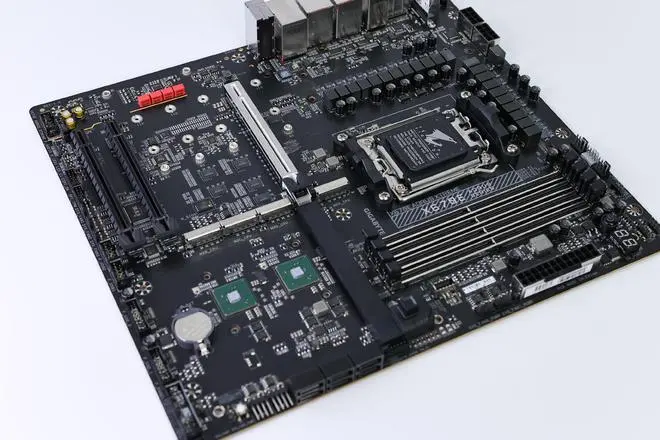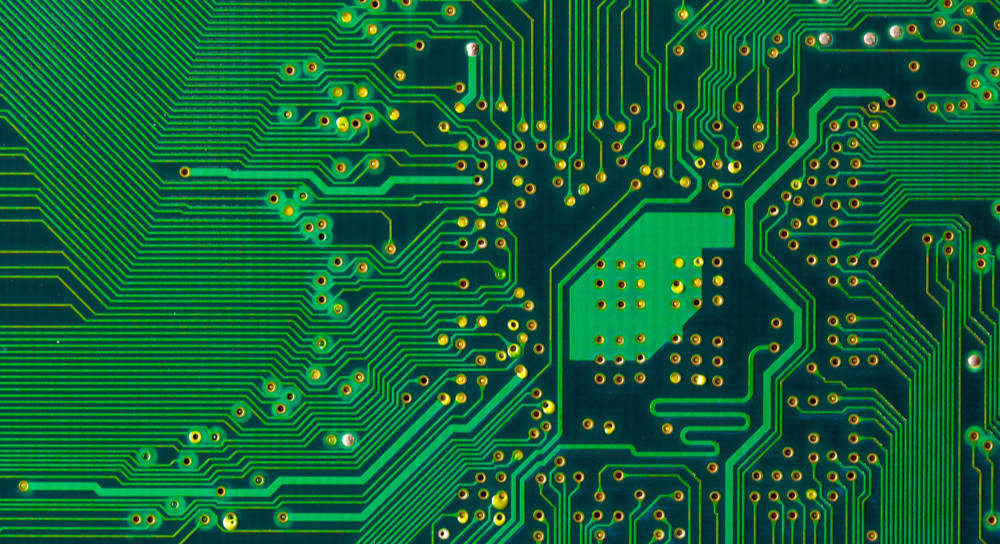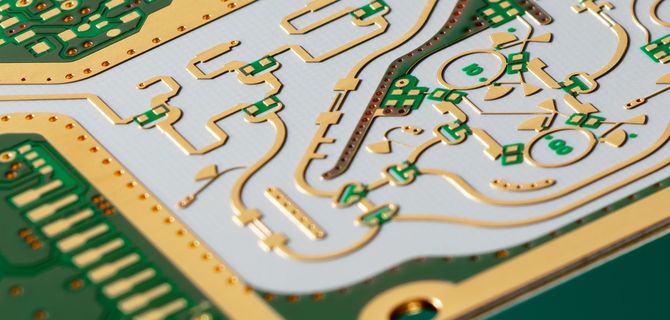
Aluminum substrate, pcb multilayer board
Due to the influence of pressure and temperature on the printing material, the screen is stuck 2.4.2 Due to the change of screen printing conditions, the printing material is too thick, causing screen sticking. 2.4.3 The rubber scraper expands due to the influence of solvent, the strength decreases, and the PCB scraper angle decreases due to bending during screen printing
2.4 Sticking
2.4.1 The screen is stuck due to the influence of pressure and temperature on the printing material
2.4.2 Due to the change of screen printing conditions, the printing material is too thick, causing screen sticking.
2.4.3 The rubber scraper expands due to the influence of solvent, and its strength decreases. The angle of the scraper decreases due to bending during screen printing, which causes the screen printing material coating to be too thick.
2.4.4 The PCB scraper is worn for a long time, which makes its head arc and makes the printing material coating too thick.
2.4.5 For printing materials with thermoplastic resin as the main component, if the printing materials are stacked after screen printing due to their own gravity or heating, it is easy to cause the printing material coating to become sticky and cause screen sticking.
2.5 Pinholes and blistering

Pinhole phenomenon is the most troublesome problem in screen printing. The printed circuit board needs to be processed in the next process after screen printing, such as etching. There is absolutely no pinhole here. There are various reasons for pinholes, and pinholes are one of the most important inspection items in quality management.
2.5.1 Pinholes caused by dust and sundries on the screen
(1) When the screen plate is coated with photosensitive adhesive, dust is mixed and attached to the screen plate to form pinholes. The screen plate shall be carefully checked, and pinholes found shall be repaired in time.
(2) In the process of screen printing, there are dust or impurities attached to the screen plate to block the mesh, resulting in pinholes after screen printing. To do this, wipe the screen.
2.5.2 Printed PCB board surface is polluted
(1) When the printed board surface is cleaned, the cleaning agent remains on the surface to form a thin film, which causes the printing material not to soak, resulting in "ink bursting" and pinholes.
(2) When handling printed boards, do not wear gloves, and use the touch cord to handle them directly. The grease and sweat on the hands pollute the surface of printed boards, resulting in "ink bursting" and pinholes.
2.5.3 Bubbles in printing material
In order to adjust the viscosity of the printing material, solvent is added to stir, and the printing material produces bubbles. At this time, it can be left standing for a period of time, and most of the bubbles will disappear naturally. However, due to the viscoelasticity of the printing material, some bubbles will not disappear naturally, and will disappear during screen printing. However, some bubbles in the printing material must use defoamers to disappear. Defoamers can be fast or slow, and the two kinds of additives are generally 0. 1~1%, if the dosage is too much, it will not play the role of defoaming but will become a foaming agent.
2.6 Sawtooth shape of screen printing wire
The wire of screen printing is zigzag. The reason for this phenomenon is that when making screen, the mask is too thin, and the screen image itself has gaps. To avoid this phenomenon, the mask for plate making should have proper thickness and elasticity. The images with high size requirements should use high mesh polyester yarn. The direction of the screen printed wire pattern should be as consistent as possible with the scraping direction of the scraper. If the wire is perpendicular to the moving direction of the scraper, this phenomenon is very easy to occur. In addition, when stretching the screen, the wire direction of the screen should form a certain angle with the screen frame, and the best angle is 22.5 °.
Countermeasures:
A To make high-quality screen images, the edges of screen wires must be straight.
B The printed board has good adsorptivity to printing materials.
C The thixotropy of printing material is better
D. The distance between screen plate and printed board and the angle of scraper blade shall be appropriate.
E The screen tension and screen spacing shall be appropriate.
2.7 Screen printing pattern with screen cloth pattern
There are screen cloth patterns on the screen printing graphics, mainly because the screen mesh is too low, the thixotropy of the printing material is poor, and the drying and curing speed of the printing material is too fast. For this reason, high mesh screen can be used to make screen plate, which has good thixotropy and dry slow printing materials.
2.8 Spots
The screen printing pattern appears speckle, which affects the smooth screen printing. The reasons for this phenomenon are:
2.8.1 Screen printing speed and printing material drying are too slow
2.8.2 Solid content of printing material is too low
2.8.3 Excessive thixotropy of printing materials
2.8.4 Impact of static electricity
2.8.5 Pigments in printing materials are unevenly dispersed, and PCB pigment particles attract and condense each other, causing color spots.
Countermeasures:
(1) To improve the fluidity of printing materials, (2) use fast volatile solvents, (3) use high viscosity printing materials, (4) minimize the impact of static electricity, and use electrostatic removal devices.
2.9 Uneven color of screen printed graphics
There are various reasons for uneven screen printing color. As far as printing materials are concerned, the colorants in printing materials are not uniformly dispersed, the printing materials are fine, and the screen printing ink is infiltrated. To prevent such failures, filter the printing materials before screen printing and fully stir the printing materials.
3. Related faults caused by printed boards
3.1 Poor adhesion
Poor bonding is caused not only by printing materials, but also by printed boards. Poor surface treatment of printed boards is an important reason for poor bonding. Different treatment methods must be adopted according to the characteristics of various materials.
3.2 Inaccurate image printing position
Even if there are no problems in screen size and screen printing machine, the failure will be caused by the inconsistent shape of printed board materials, excessive and inconsistent shrinkage of materials, etc. When the printing material is flexible, such as plastic film, changes in the temperature and temperature of the screen printing site can cause changes in its size, affecting the screen printing accuracy. It must be considered when screen printing, and compensation should be made as far as possible through pre calculation. Take corresponding measures.
3.3 Printing of precision graphics
In screen printing, the printing of printed circuit boards, thick film ICs, PCB resistors, etc. requires high screen printing accuracy, so there are very strict requirements on the temperature, humidity and cleanliness of the screen frame structure, screen stretching, screen making, printing materials, screen printing machine, screen printing environment, as well as the performance and surface treatment of the printing materials themselves.







